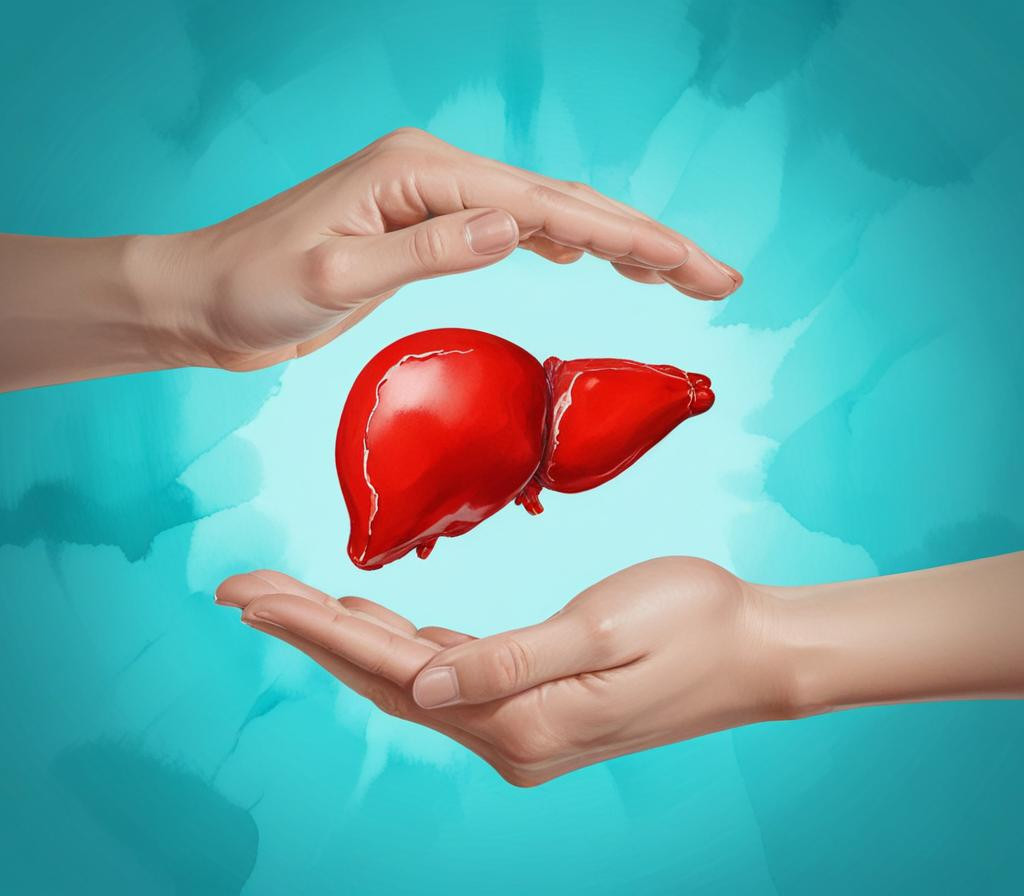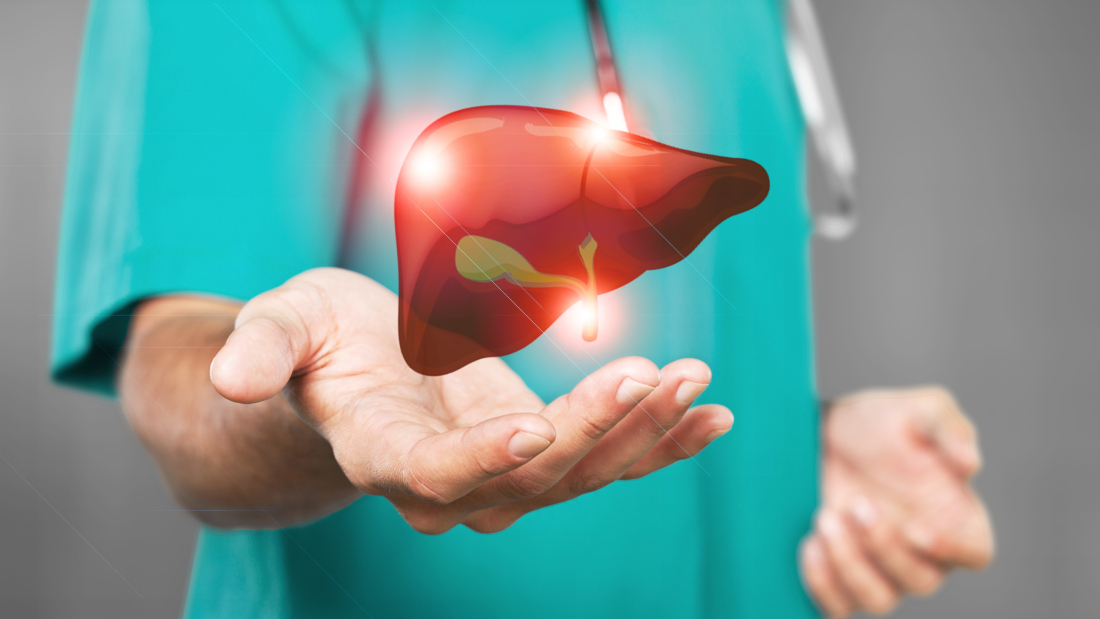Metabolic dysfunction-associated steatohepatitis (MASH) is a liver condition where fat builds up in the liver, causing inflammation and damage. Unlike liver issues caused by alcohol, MASH is linked to problems like obesity, diabetes, and high cholesterol. If left untreated, MASH can lead to serious liver damage, cirrhosis, or even liver failure.
MASH develops when fat accumulates in the liver, leading to inflammation and scarring over time. This can happen without noticeable symptoms, making it difficult to diagnose early. Traditional methods like liver biopsies are invasive and carry risks, so doctors are exploring non-invasive techniques like imaging and blood tests to detect and monitor MASH more easily.
Managing MASH typically involves lifestyle changes such as weight loss, healthier eating, behavioral changes, and regular exercise. Some medications are also being studied to help treat the condition. As obesity and related health issues become more common, MASH is increasingly prevalent, highlighting the importance of early detection and management to prevent severe liver damage.
Challenges in the Diagnosis Process for MASH:
Diagnosing MASH can be challenging because it involves assessing liver fat, scarring, and inflammation. New methods use blood tests and other health information to predict the disease’s severity more accurately. Although liver biopsy is the most precise test for mash diagnosis, it has limitations, including variability in results and differences in interpretation among doctors.

Non-invasive Test (NITS) to Diagnose MASH:
The American Association for the Study of Liver Diseases (AASLD) has recently endorsed a range of new noninvasive tests for the detection of serious cases of Metabolic Dysfunction-Associated Steatohepatitis (MASH). These innovative tests aim to provide a more comprehensive assessment of liver health by combining advanced imaging techniques with laboratory results, reducing the need for invasive procedures like liver biopsies. One notable example is the FAST score, which integrates data from FibroScan—a noninvasive device that measures liver stiffness as a marker of fibrosis—along with blood tests that evaluate levels of liver fat and inflammation. This combination allows for a more precise estimation of liver damage, enabling earlier intervention and potentially better outcomes for patients. The shift towards noninvasive testing reflects a growing emphasis on patient comfort and safety while maintaining diagnostic accuracy.
In addition to the FAST score, the MAST score represents another promising tool in the noninvasive diagnosis of MASH. Unlike the FAST score, which utilizes FibroScan, the MAST score relies on MRI technology to assess liver health. MRI is known for its high-resolution imaging capabilities, making it particularly effective in evaluating the extent of liver fat, scarring, and inflammation. The MAST score is complemented by specific blood tests that enhance the accuracy of the diagnosis. Another emerging test, MEFIB, also incorporates MRI but pairs it with a different blood test to further refine liver disease assessment. While preliminary studies suggest that the MAST score may offer superior accuracy compared to other noninvasive tests, more external validation is necessary to confirm its reliability across diverse patient populations. As research continues to validate these methods, they may become standard practice, offering a less invasive and more patient-friendly approach to diagnosing and managing MASH.
Will NITS (Noninvasive Tests) eventually replace liver biopsy?
Liver biopsies are currently the main way to diagnose serious MASH, but they are invasive, risky, and unpleasant for patients. Because MASH is common and doing biopsies on many patients over time is impractical, it’s time to explore alternatives. Other diseases like lung, heart, and prostate conditions have moved away from biopsies. MASH should follow suit and find new methods for diagnosis. Although regulators may be cautious about removing liver biopsies from clinical trials, doing so could help advance treatment options. Innovations such as non-invasive imaging techniques and biomarker analyses offer promising avenues for more patient-friendly and efficient diagnostics. Embracing these alternatives could significantly enhance patient care and streamline the diagnostic process.
Conclusion:
As Metabolic Dysfunction-Associated Steatohepatitis (MASH) gains more recognition, early and accurate diagnosis is essential to prevent severe liver damage. Traditional methods like liver biopsy, though precise, are invasive and have notable drawbacks. New noninvasive tests (NITs), such as the FAST and MAST scores, combine imaging techniques like Fibroscan and MRI with lab results to better assess liver health. These innovations offer promising alternatives to liver biopsy, potentially improving patient comfort and diagnostic accuracy. Shifting towards these advanced methods could lead to more effective management and treatment of MASH, ultimately benefiting patient outcomes.
The MASH Trials at FOMAT Medical Research in California offer a unique opportunity to participate in medical studies aimed at advancing healthcare through new treatments and therapies. Participants contribute to global medical research and receive comprehensive support, including access to top professionals, advanced facilities, and thorough follow-ups to ensure safety. Joining the MASH Trials allows individuals to be at the forefront of medical innovation and help shape the future of healthcare. For more details on how you can get involved, please visit FOMAT Medical Research’s Active Trials page. Your participation could significantly impact the fight against MASLD and MASH.

